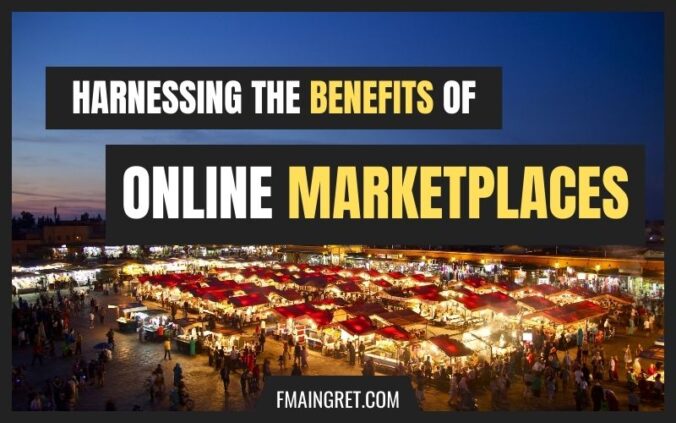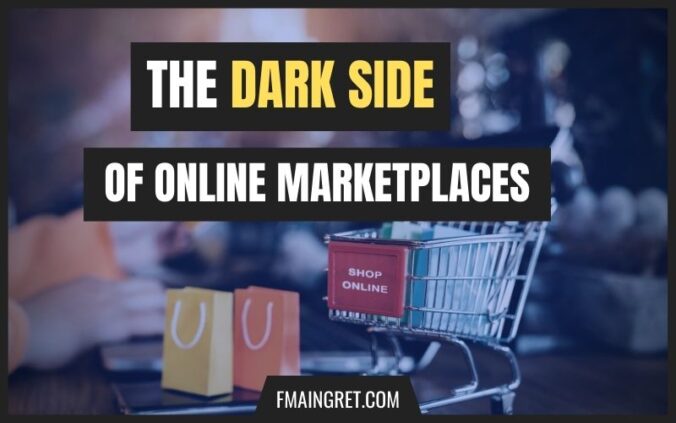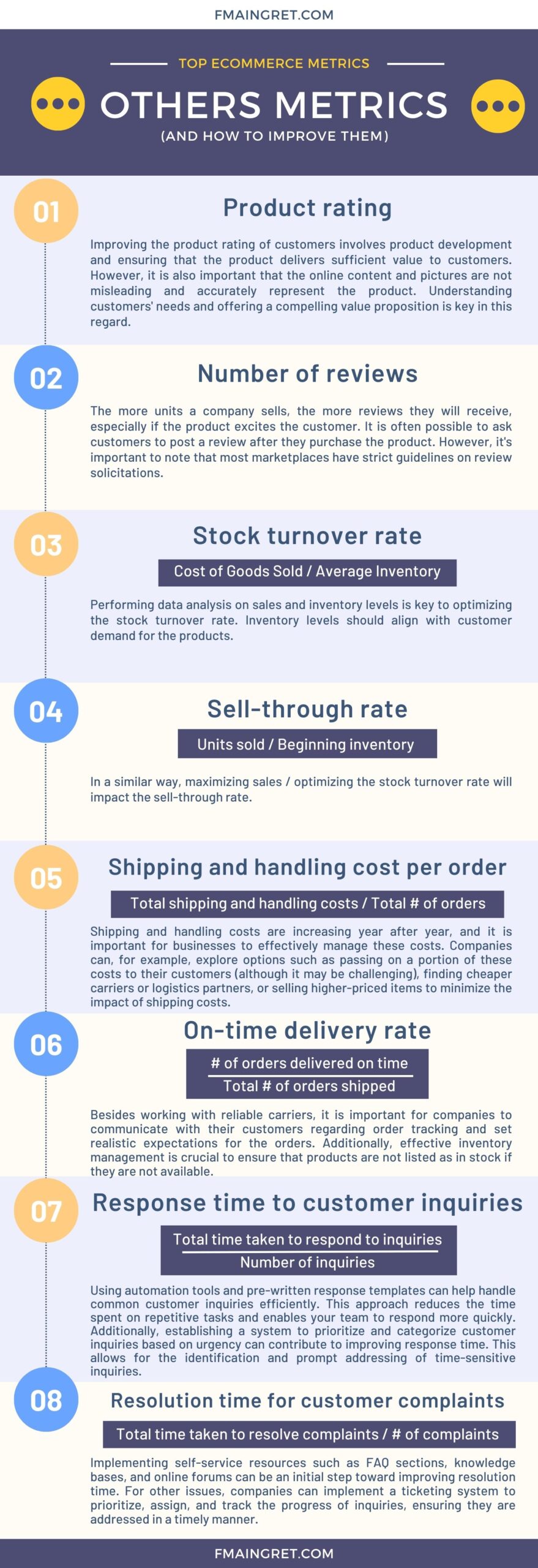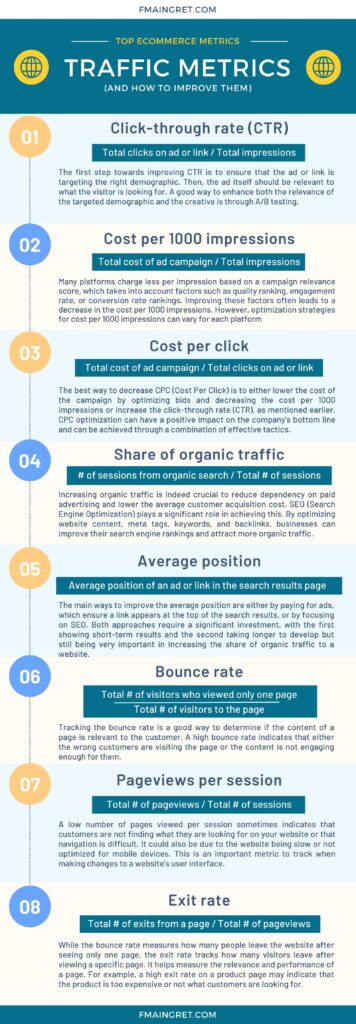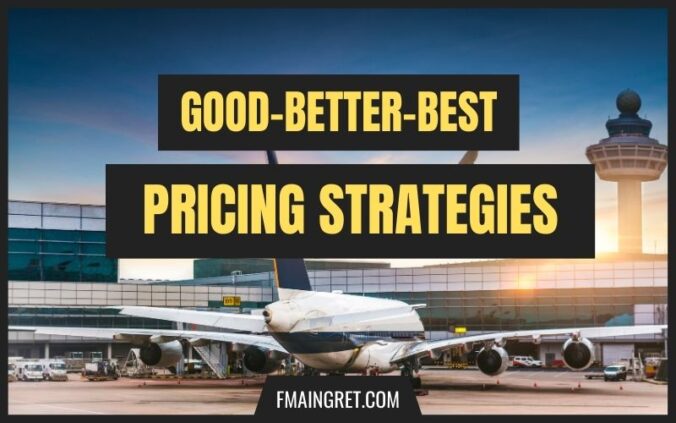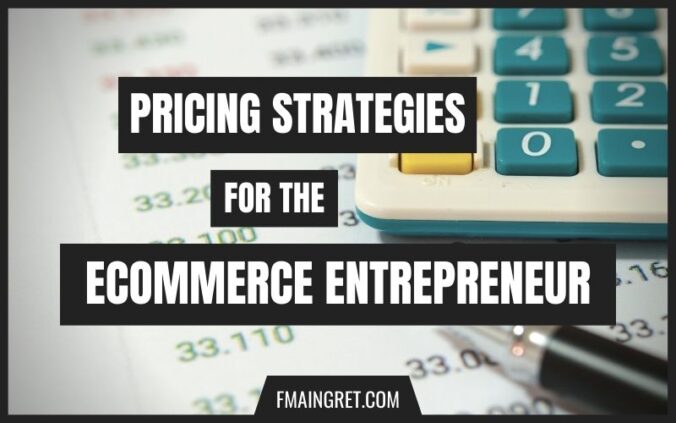If I had a dollar for every “Get rich with Amazon FBA” course out there, I could quit working and retire early. Whether these courses are useful or not is irrelevant. The sheer number of gurus selling these methods shows how much attention Amazon has been getting for the past decade. Their net revenue went from $61B in 2022 to over $513B in 2022. However, Amazon is not the only marketplace out there. Everyone knows eBay—I remember waking up early to bid on video games and pairs of rollerblades when I was still in middle school. There is also Walmart Marketplace, which is gaining more and more traction, or Etsy for those who like shopping for handmade goods.
Because of the millions of customers these platforms attract, it can be a tremendous opportunity for entrepreneurs. While selling on marketplaces has its risks and issues, they can still be very profitable sales channels. After writing about the dark side of marketplaces, I’d like to talk about the flip side and go over the main reasons why some companies would consider joining one of these platforms.
Continue reading